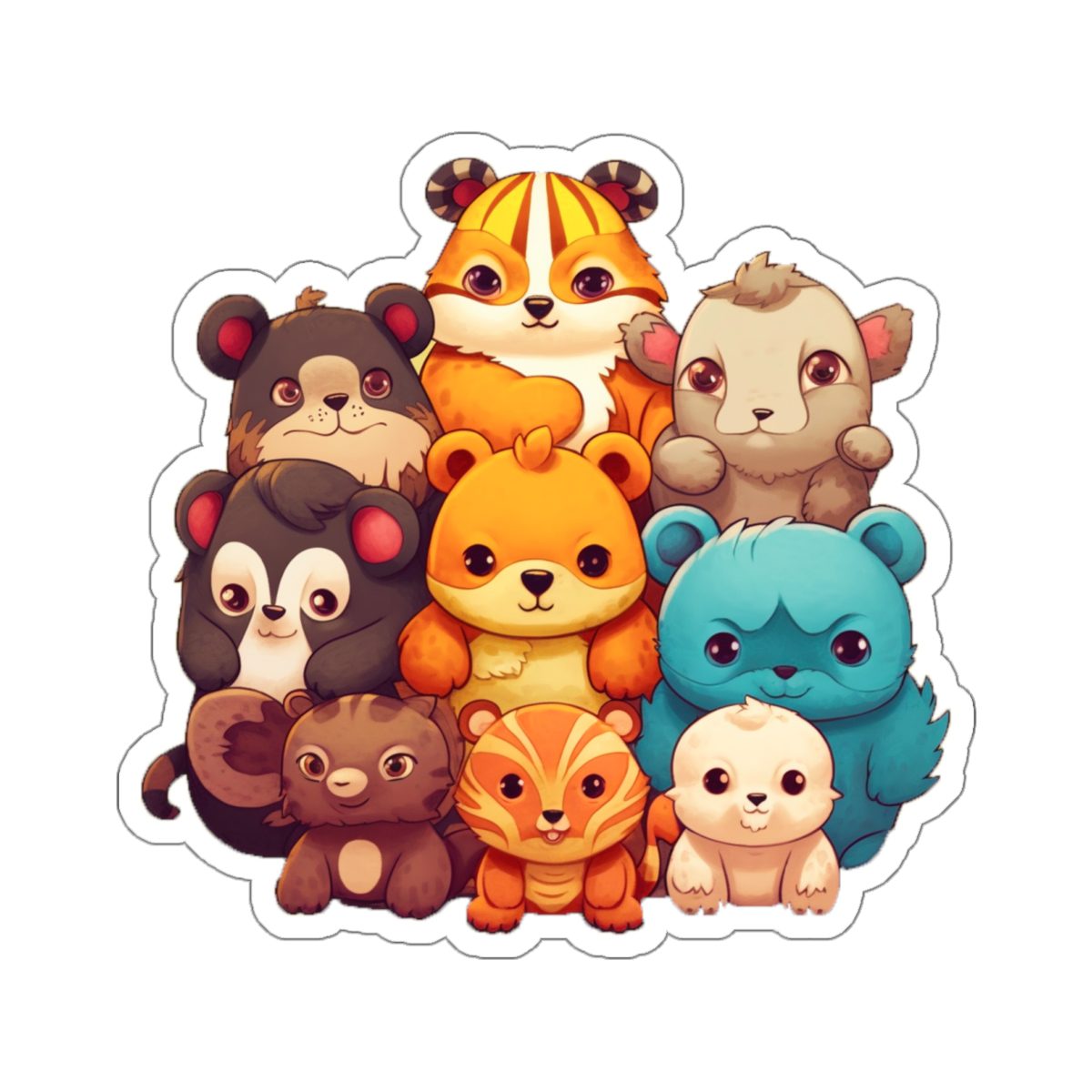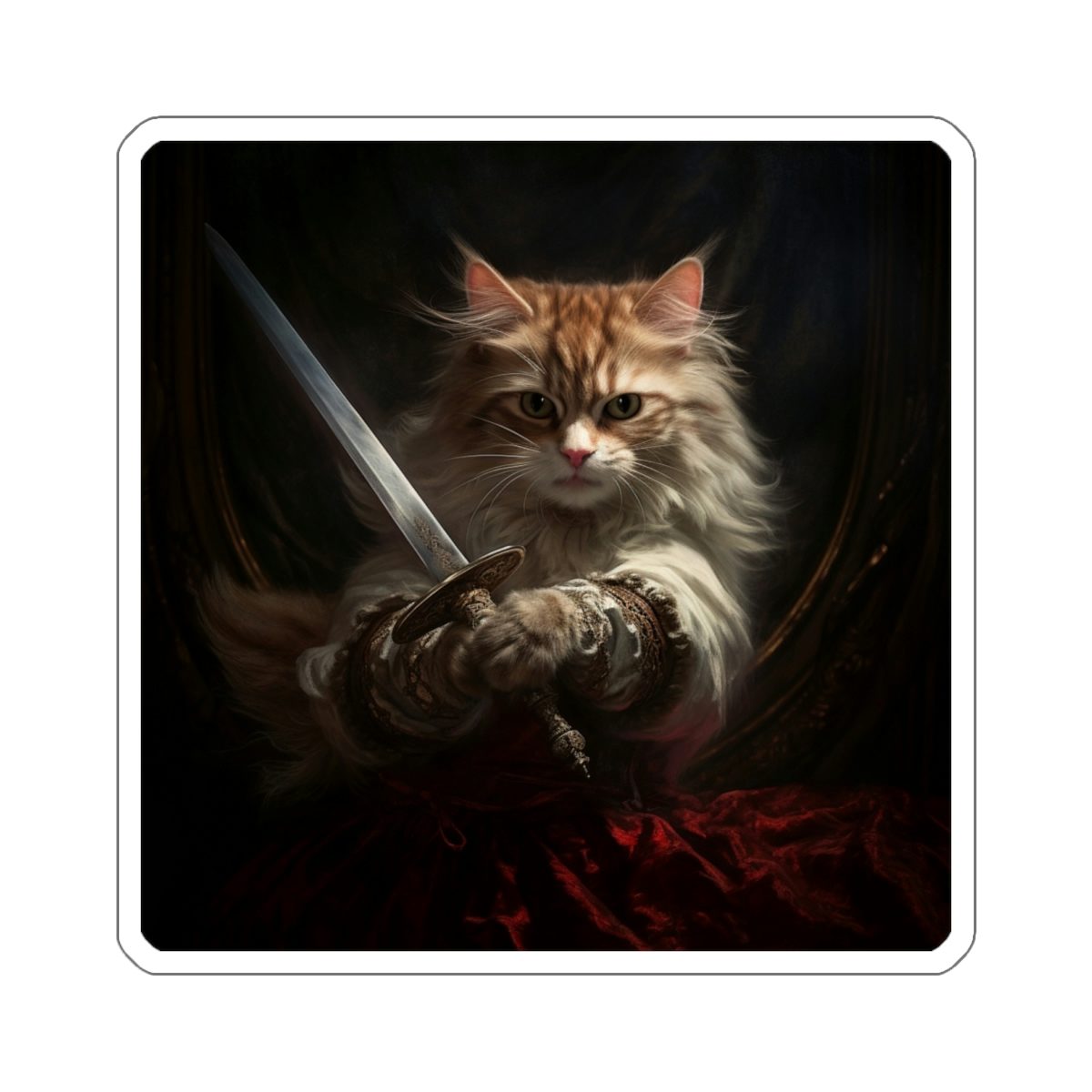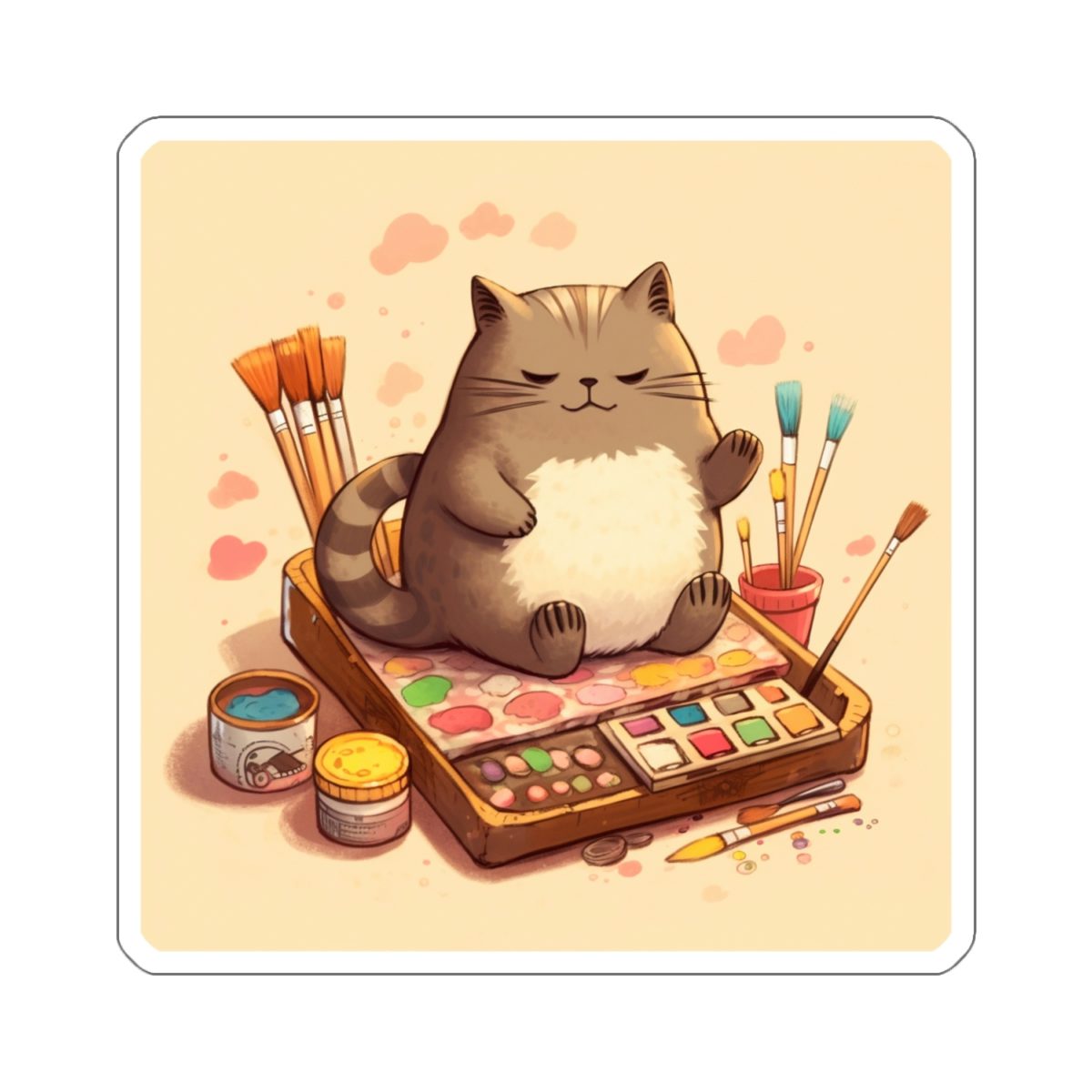
Introduction
Pricing your artwork can be a daunting task. There are so many factors to consider, such as the size of the piece, the medium, the time it took to create, and your own personal value. But don’t worry, we’re here to help! In this blog post, we’ll give you some tips on how to price your artwork fairly and competitively.
Factors to Consider When Pricing Your Artwork
There are many factors to consider when pricing your artwork. Here are a few of the most important:
- Size of the piece. The size of your artwork is one of the most important factors to consider when pricing it. Larger pieces will typically cost more than smaller pieces, simply because they require more materials and time to create.
- Medium. The medium you use to create your artwork can also affect the price. For example, a painting will typically cost more than a drawing, because it requires more materials and time to create.
- Time it took to create. The amount of time it took you to create your artwork is another important factor to consider when pricing it. If you spent a lot of time on a piece, you should charge more for it.
- Your own personal value. Finally, you should also consider your own personal value when pricing your artwork. If you believe your artwork is high-quality and unique, you should charge more for it.
How to Price Your Artwork Fairly
Once you’ve considered all of the factors above, you can start to price your artwork fairly. Here are a few tips:
- Do your research. One of the best ways to price your artwork fairly is to do your research. Look at the prices of other artists’ work that is similar to yours. This will give you a good idea of what people are willing to pay for your type of artwork.
- Be realistic. Don’t price your artwork too high, or you’ll scare away potential buyers. But don’t price it too low, either, or you’ll be underselling yourself.
- Be flexible. Be prepared to negotiate on price. If someone is interested in buying your artwork, but they can’t afford your asking price, be willing to negotiate.
Conclusion
Pricing your artwork can be a challenge, but it’s important to get it right. By following the tips in this article, you can price your artwork fairly and competitively.
Additional Tips for Pricing Your Artwork
- Consider your target market. Who are you trying to sell your artwork to? If you’re targeting high-end collectors, you can charge more for your work. But if you’re targeting a more general audience, you may need to charge less.
- Think about the value of your time. When you’re pricing your artwork, don’t forget to factor in the value of your time. If you spend a lot of time creating a piece, you should charge more for it.
- Don’t be afraid to experiment. The best way to find out what people are willing to pay for your artwork is to experiment with different prices. Try listing your work at different prices and see what happens.
- Don’t be afraid to ask for help. If you’re not sure how to price your artwork, don’t be afraid to ask for help from other artists, friends, or family members. They may be able to give you some valuable insights.









